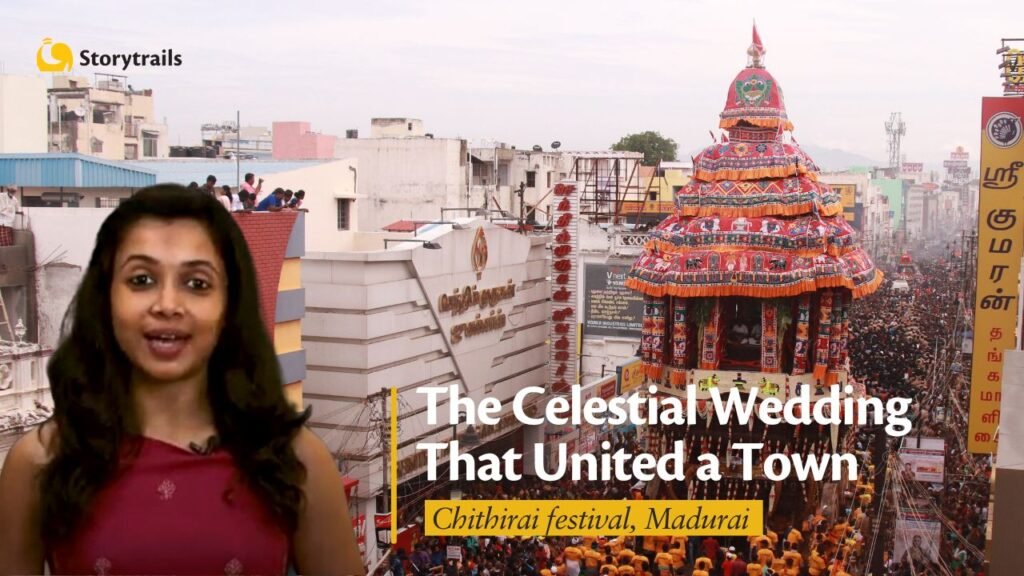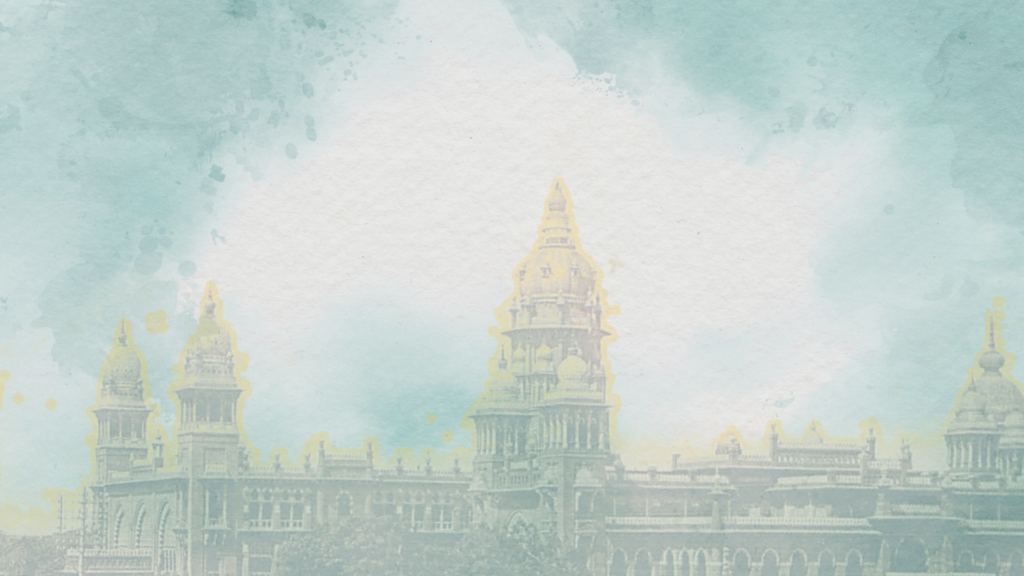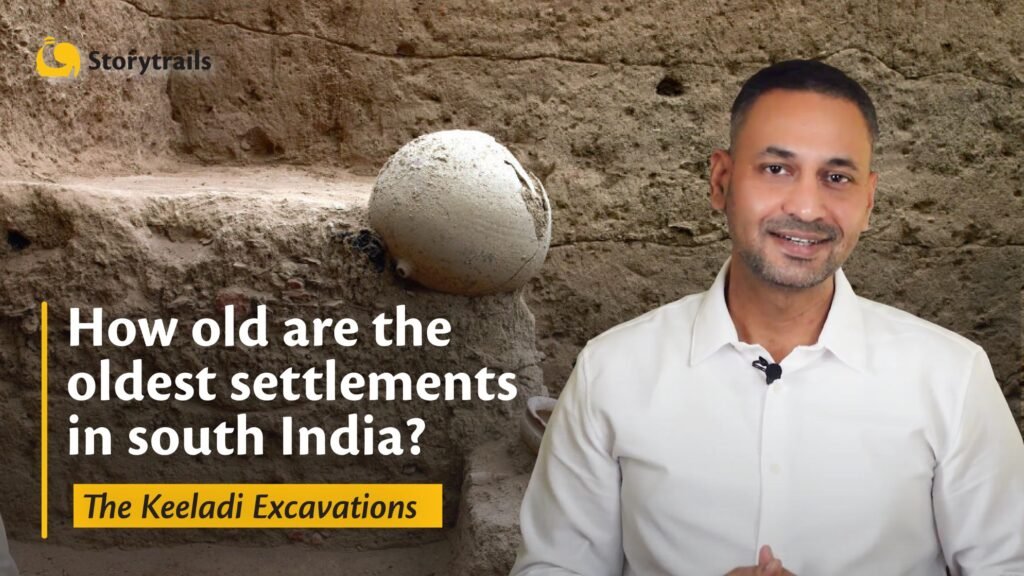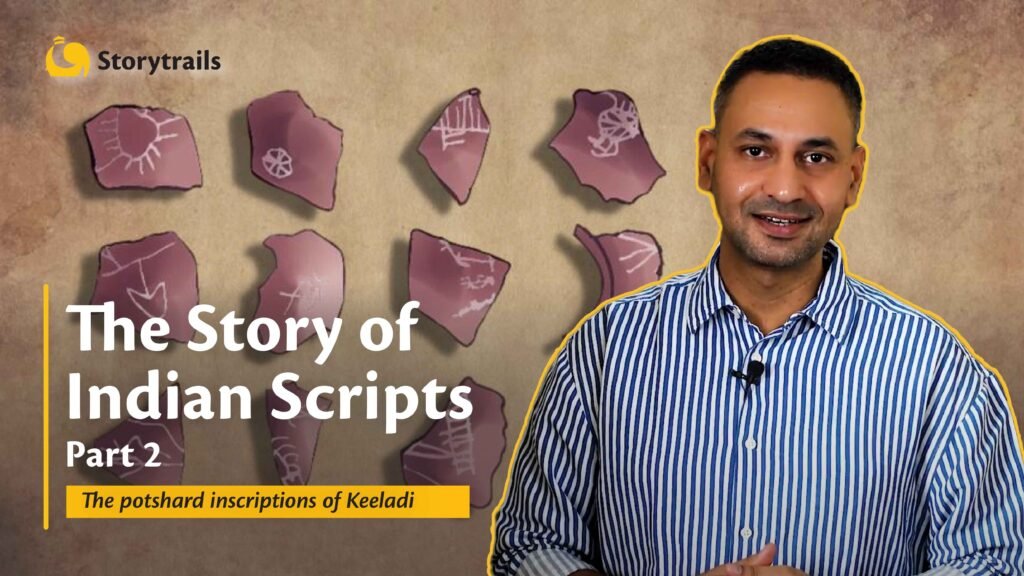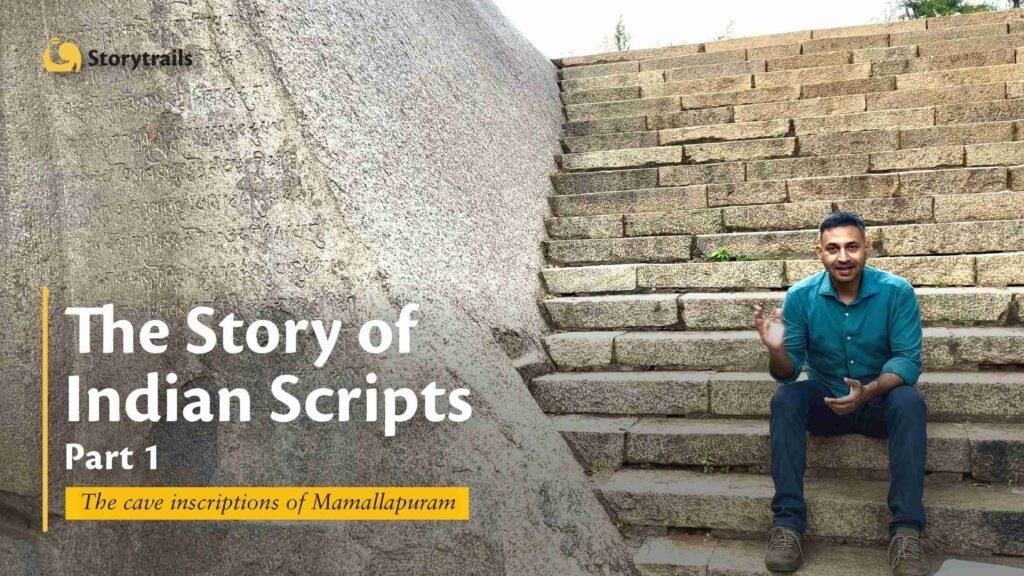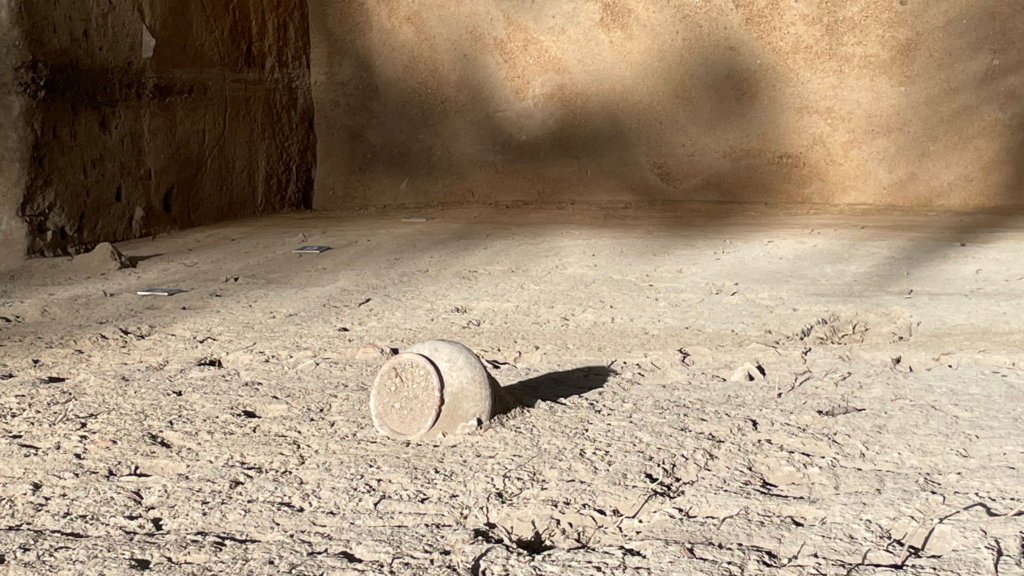The Keeladi excavations in Tamil Nadu have pushed the known timelines of ancient Tamil civilisation by at least three centuries. But puzzlingly, unlike most inhabited sites, the Keeladi sites did not reveal any human bones. Then, as archaeologists expanded the area under excavation, they reached a village called Konthagai, where they found a large number of skeletons and burial urns. Could Konthagai have been a burial site for Keeladi? How did ancient Tamils deal with death? What are burial urns and how do the findings at Keeladi, Korkai, Adichanallur and other places corroborate the information about Tamil burial rites mentioned in Sangam literature? This video digs deep into the different funerary customs practised in the oldest settlements of south India – from cremations and the use of burial urns to the erecting of hero stones and Nishidhi pillars to commemorate the dead.
Produced in partnership with Saint-Gobain, Tamil Nadu Tourism and The Egmore Museum, Chennai
Editing credits: Venkat Krishna
Music by Coma-Media from Pixabay

